The world’s least developed countries can use digital technology to become more inclusive and sustainable. But they’ll need our help.
The internet has revolutionized the way of doing business in industrial countries, but are the poorest nations also benefiting from this transformation? Only one in seven people living in the world’s least developed countries (LDCs) has access to the internet.
Being connected can improve access to education, job opportunities and better health care. More importantly, it helps small and medium size enterprises to boost e-commerce, thereby reaching global markets at lower costs.
This means building up digital infrastructure, strengthening digital skills – especially for women – and reducing the cost of internet use. However, these changes do not happen overnight.
Firstly, greater competition in telecommunications could help develop much-needed infrastructure and attract new consumers.
Today, most of the LDCs have an independent telecom regulator, and 62% of them have established competition authorities to avoid anti-competitive practices.
However, fixed-line services – the main source of reliable internet connection in most countries – remain under monopoly in several nations, and this contributes to extremely low levels (below 1%) of fixed-line internet access. Internet access may be growing more mobile, but the speed remains a huge challenge.
Secondly, e-government initiatives play an important role in reducing the cost of doing business and getting users online. While online government services are still nascent in many LDCs, there is a clear role for initiatives such as Aid for Trade (AfT) to support them.
In Bhutan for example, 107 government-to-citizen services are now available, thanks to the government’s initiative to include information and communications technology as a priority for national economic development. The country is establishing an internet ready infrastructure with investment from the Enhanced Integrated Framework (EIF), an AfT programme aimed at helping poorest countries.
Thirdly, a focus on developing digital strategies are a powerful way to expand telecoms across developing countries, as well as a good way of ensuring digital initiatives by different government services all complement one another.
Improving internet access in the LDCs requires governments, donors, development partners and the private sector to step in. While donor funding has doubled since 2006, it is still below 2% of the total accumulated by Aid for Trade. LDC governments and the private sector need to invest now, in technology, infrastructure and people.
So how do we connect the world’s poorest countries? First and foremost, the LDCs have to be ready to commit their political capital and financial resources. Secondly, these countries need to identify their priorities. (For this, e-trade readiness assessments, such as those carried out in Burundi, Liberia, Nepal and Samoa, promise to be highly useful.)
Thirdly, donors and the private sector should be on board to address these priorities. Digital government services backed with a solid strategy can be a good place to start. And finally, infusing competition into the telecom sector can boost efficiency and accessibility.
Digital technology offers a million ways to lift people out of poverty. Let’s not allow it to fade. Development partners, starting with us here at the EIF, need to be ready to help the world’s poorest countries realise the full potential of digital connectivity.
Written by Ratnakar Adhikari, Executive Director, Enhanced Integrated Framework Executive Secretariat, World Trade Organisation and Lekey Dorji, Minister for Economic Affairs, Bhutan.
This article was republished courtesy of the World Economic Forum.








